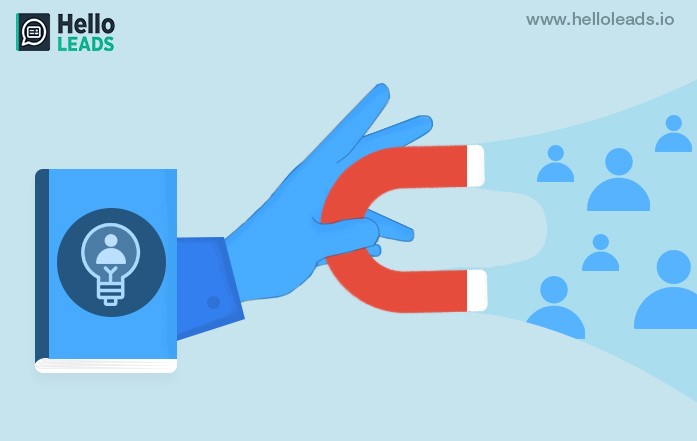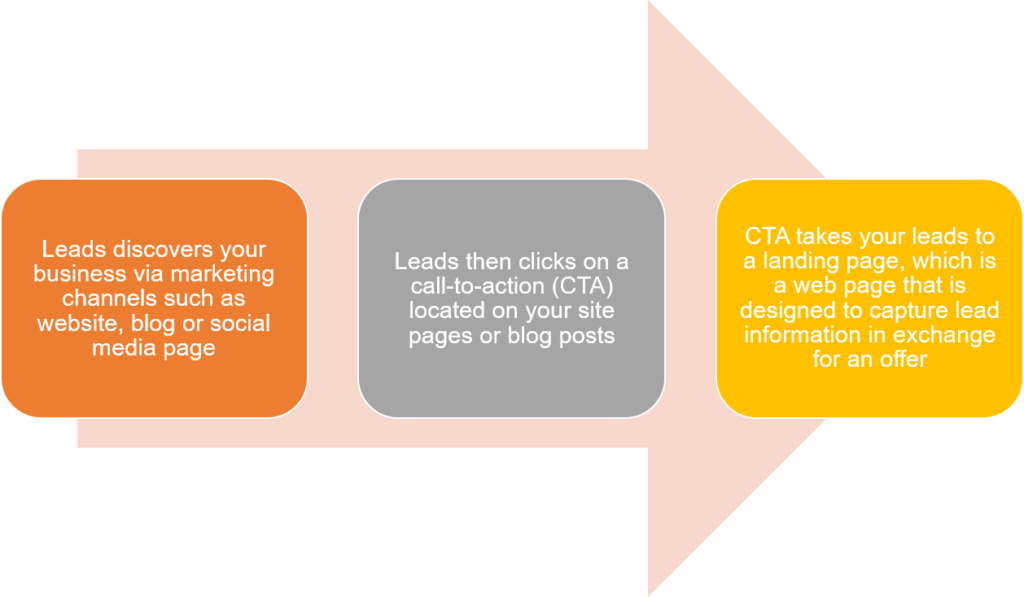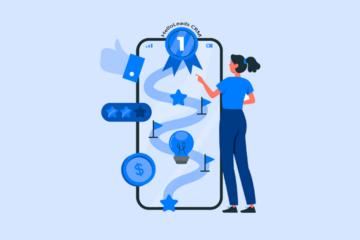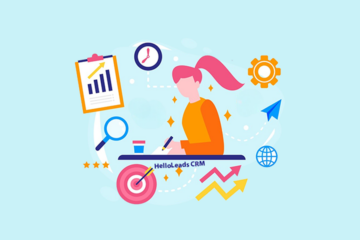
Acquiring leads is one of the main goals of any business because ultimately it can result in sales and growth for your business. In brief, lead generation involves the creation of consumer interest and awareness of products or services through a range of effective marketing strategies. Lead generation strategies differ based on industry and most companies prefer to stick to what works best for them.
“You are out of business if you don’t have a prospect.” – Zig Ziglar
In this small business guide, we will walk you through the importance of lead generation, do’s and don’ts in lead generation, and the channels you want to focus on to grow your business.
What is a Lead?

Lead refers to a potential customer, also known as a “prospect”. Based on the organization, the definition of the term “lead” may vary.
A lead is a person who shows interest in a company’s product or service. Once a person has shown some form of interest, they’re likely to hear from that organization because of their interest. These people initially start as leads and hopefully turn into customers through various lead generation processes.
What is Lead Generation?
Lead generation is the process of attracting people to your business and increasing their interest with the end goal of converting them into a customer. Some ways to generate leads are via job applications, blog posts, social media campaigns, expo, and online content.
Generating leads is important for any organization. Without leads, there are no sales and you are out of business.
Why do you need lead generation?
To ensure that your business continues to grow and expand, you need to reach more people who show interest in your product or service. You should have a steady inflow of people who are interested in exploring what you’re offering.
Attracting potential customers is very hard and so you have to invest your time and effort in doing this right.
As per a recent study, companies with effective lead generation strategies have more revenue than companies that have not put the right strategy in place.
Hence lead generation seems to be the priority for marketers and the best way to do this is to have the right strategy in place.
Do’s and Dont’s While Generating Leads
| DOs : | DON’Ts : |
| Use online marketing to reach out to more potential customers | Use illegal tactics to generate leads |
| Use email marketing to reach a large number of Customers | Ask for the customer’s business before you build a relationship |
| Network with potential customers | Overwhelm customers with much information at once |
| Exhibit at trade shows | Fail to follow up with leads once generated |
Basic Lead Generation Process

4 Stages of an Effective Lead Generation Process
(i) Lead Awareness: This stage talks about how leads become aware of an organization and its offerings.
(ii) Lead Education: Once lead awareness is created you must create a trust for your products, and services
(iii) Lead Sampling: Leads test your expertise, product, or service and it’s the easiest way to move people to lead conversion. Maintaining/Continuing to build trust via demos, Support requests, trail offers, etc. is such an essential element of buying.
(iv) Lead Conversion: It entails all the marketing practices that stimulate a desire to buy a product or service and push a lead towards a purchasing decision
Channels you want to focus on to grow your business
1. Social Media Marketing
Social media platforms like Facebook, Twitter, and Instagram all have millions of users. Your organization can make the most of these by being available on the platform, but no need to use all of them. The most vital thing is that you have to do regular posts by which you will be happy to engage with customers through social media.
It can be very simple. For example, you can set up a Facebook business page easily. Then you can share this page across other marketing channels including your website, emails, or traditional advertisements and it will drive traffic to your page. By offering your organization updates via Facebook, you are building up interest. When people like or share your post, this, in turn, makes them a lead.
2. Webinars
A webinar refers to a seminar on the web. It gives your organization a chance to bring all your leads into one central place and make them know about your new product or service. Webinars are a great way to project your knowledge and impart information to customers who are interested in your organization.
In addition, spending time for a discussion and answering any questions can make them feel like they are in good hands, which in turn can lead to improving your sales.
3. Blogging
Blogging is one way to build a relationship with your potential customers. If you have useful information which you can share with others, a blog is an essential way to do so. Blogs don’t have to be many pages of writing and information, they can be short, clear but informative. Ideally, you are sharing knowledge with others in a simple way. By doing so, you can generate more leads.
4. Website Landing Pages
Your website is important for generating leads. And also, it’s easy to track the people who visit your website. Looking at website analytics may give you insights and information about when and what they are looking for, and how long they are staying on that page.
Your landing page should include an easy CTC, call to action button which can then lead to more information about your business. Your website is the window into your organization and the landing page needs to be attractive and easy to use.
5. Email Marketing
Email marketing aids to increase awareness of your product by getting your email message into the inboxes of potential new customers. The more consistent your communication is with your email subscribers, the more likely they will be to think of your organization when they are looking for your products or service.
If you want to grow your business, it is essential to have the right lead generation strategies. Generating more leads can take your business to next level.
Share this blog :










